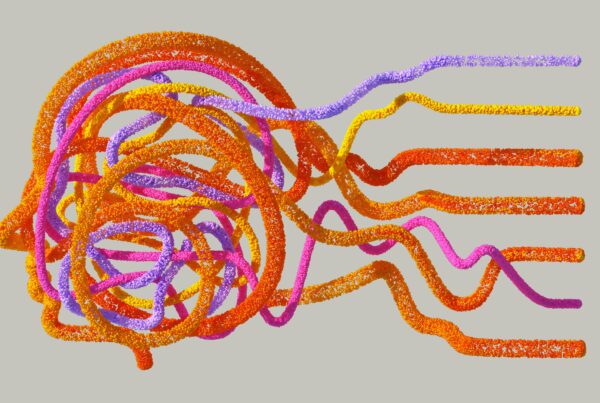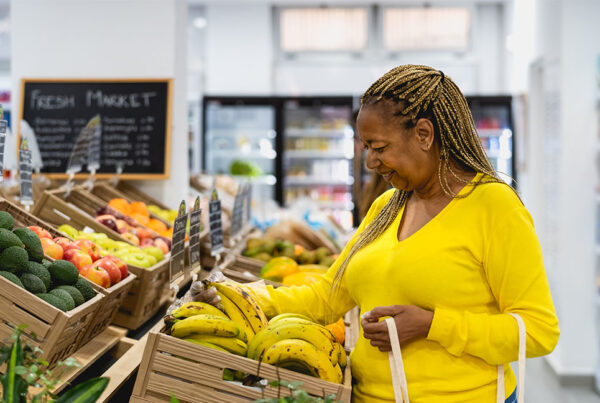By Kristen Jowers, MS MFT
When you type “can military get” into an online search engine, one of the first auto-fill responses is, “Can military get food stamps?” Food costs rose more than 11% from 2021 to 2022, much faster than the annual average of 2% increase (USDA 2023). With rising food costs in mind, it appears many are curious about the answer to this question.
Supplemental Nutrition Assistance Program (SNAP), formerly known as the “food stamp program” benefits are available for those who meet the eligibility criteria:
- Household gross monthly income generally must be at or below 130% of the federal poverty line
- Household net monthly income must be less than or equal to the federal poverty line
- Household assets totaling less than $2,500 or $3,750 for those who are disabled or over the age of 60
According to the Center on Budget and Policy Priorities, SNAP is one of the most important anti-hunger programs in the United States, benefitting more than 41 million people per month (CBPP, 2022). SNAP benefit amounts are determined by the overall household income, with the lowest-income families receiving more than those closer to the poverty line.
The monthly benefits are loaded onto an Electronic Benefits Transfer (EBT) card which can be used at local supermarkets to purchase food. This includes fruits, vegetables, meat, bread, snacks, seeds, and plants which produce food for the household to eat. Each state has a different application process including online and mail-in forms. Interested individuals should connect with their local SNAP office for more information.
Food Security Resources for Military Families
Among our nation’s active-duty service members and their families, an estimated 24 percent are food insecure. Participation in the Supplemental Nutrition Assistance Program (SNAP) decreases the likelihood of food insecurity (Yenerall & Jensen, 2022). However, due to the Basic Allowance for Housing (BAH) being factored into income calculations, programs like the Special Nutrition Program for Women, Infants, and Children (WIC) may be more accessible to military families who meet eligibility requirements due to the higher income thresholds.
Another strategy for addressing food access for Service members living on an installation or overseas is to utilize the DeCA Benefit to acquire affordable, nutritious foods.
To learn more and earn free CE credits, engage in OneOp’s Food Security in Focus Collection and sign up for the 2023 Military Family Readiness Academy mailing list today.
References
Center on Budget and Policy Priorities (June 9, 2022). Policy Basics: The Supplemental Nutrition Assistance Program (SNAP). Retrieved from: https://www.cbpp.org/research/food-assistance/the-supplemental-nutrition-assistance-program-snap
Coleman-Jensen, A., Rabbitt, M., Gregory, C.A., & Singh, A. (2022). Household Food Security in the United States in 2021, ERR-309, U.S. Department of Agriculture, Economic Research Service. Retrieved from: https://www.ers.usda.gov/webdocs/publications/104656/err-309.pdf
FRED Economic Data (2023, February). Consumer Price Index for All Urban Consumers: Food at Home in U.S. City Average. Retrieved from: https://fred.stlouisfed.org/series/CUSR0000SAF11
Military OneSource. Food security resources and support programs. Retrieved from: https://download.militaryonesource.mil/12038/MOS/Economic-Security/FoodSecurityResources-SupportPrograms.pdf
United States Department of Agriculture (USDA) (2022). Definitions of Food Security. Retrieved from: https://www.ers.usda.gov/topics/food-nutrition-assistance/food-security-in-the-u-s/definitions-of-food-security/#:~:text=Food%20insecurity%E2%80%94the%20condition%20assessed,may%20result%20from%20food%20insecurity.
Yenerall, J. & Jensen, K. (2022). Food Security, Financial Resources, and Mental Health: Evidence during the COVID-19 Pandemic. Retrieved from: https://www.ncbi.nlm.nih.gov/pmc/articles/PMC8746951/
Photo by iStock-1041147560















